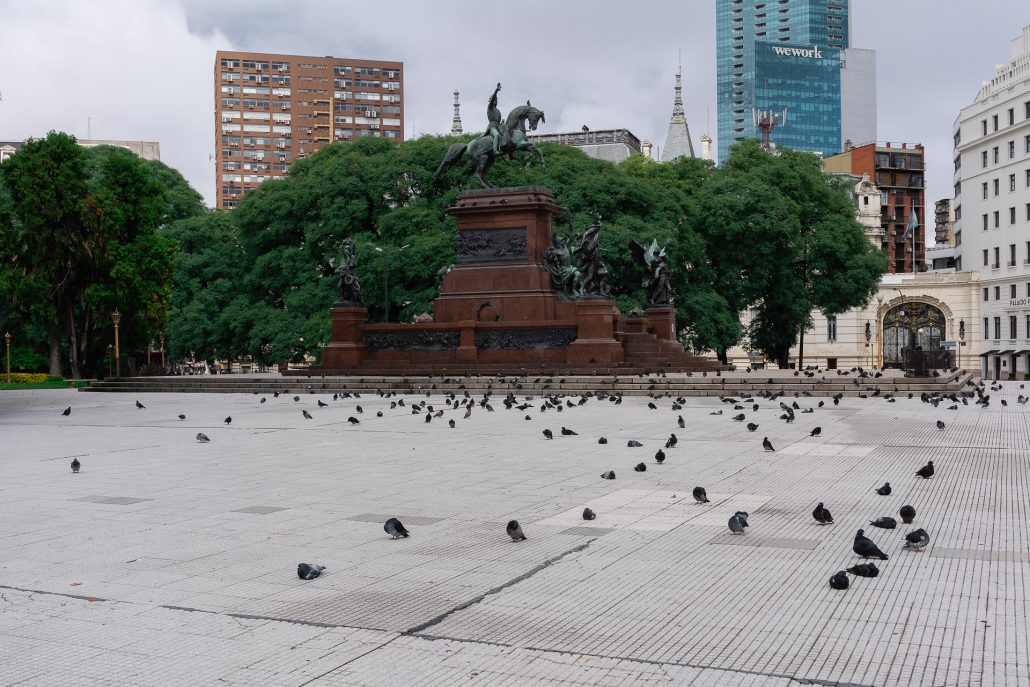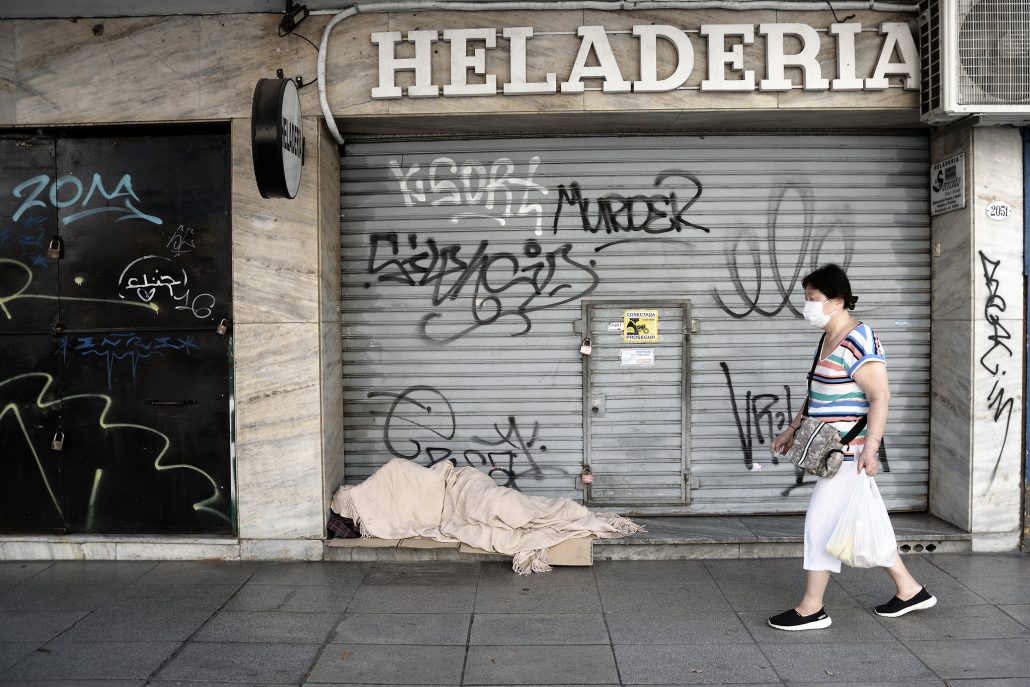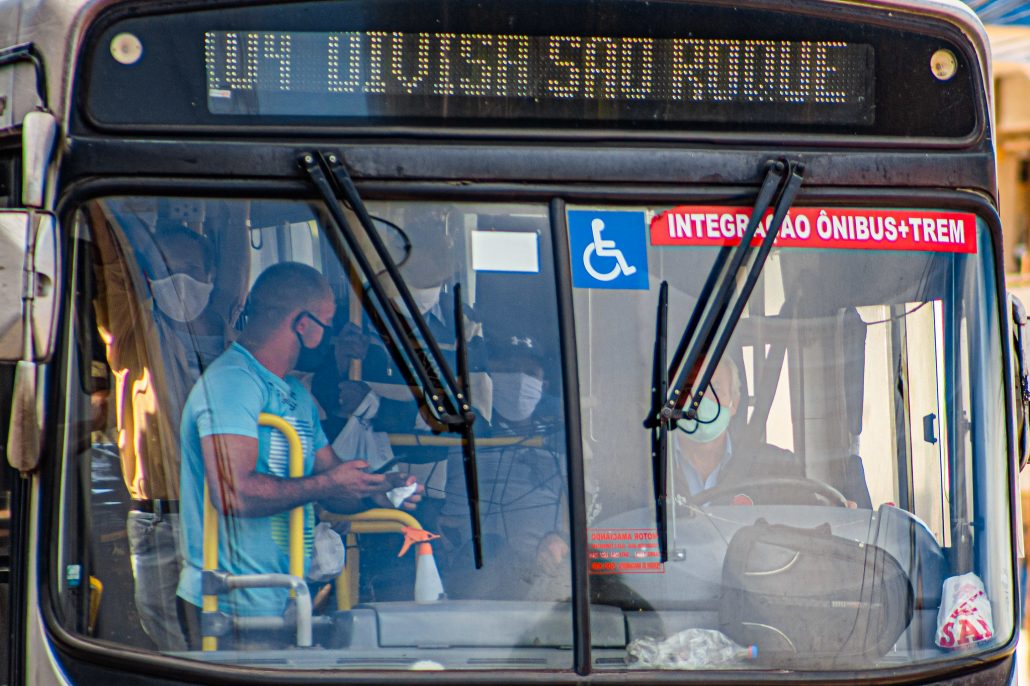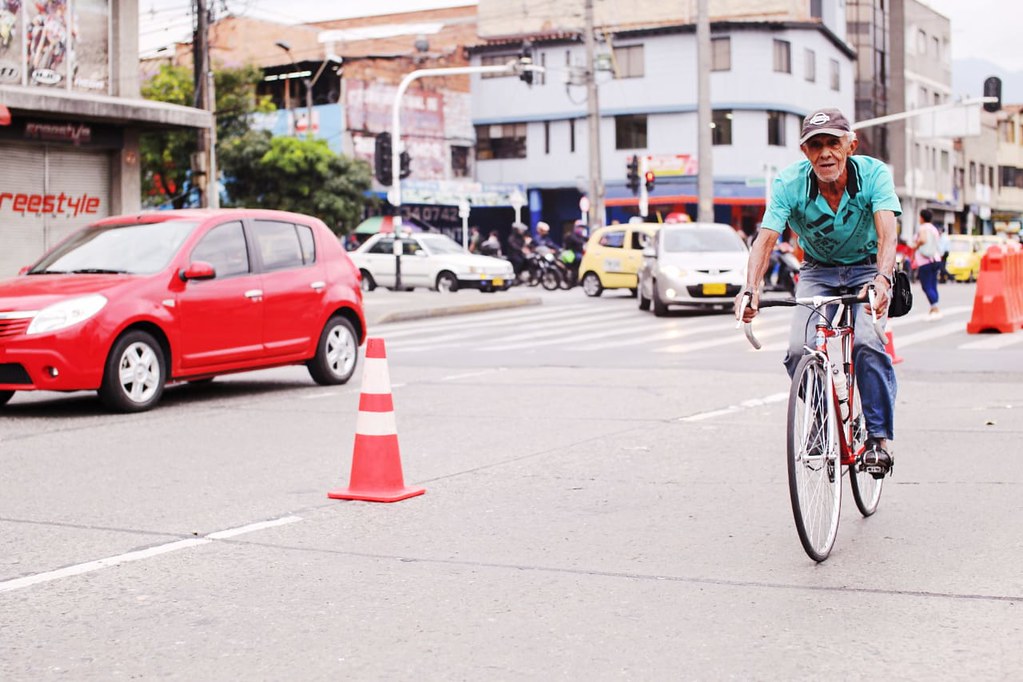Public transport challenges
In Argentina, new provisions on public transport were implemented on 17 March. The National Ministry of Transport ordered the suspension of domestic flights, and long-distance train and bus services. At the ports, only Argentine citizens or residents may enter the country. While public transport is mentioned as an essential service, it is recommended to prioritize the use of private modes of transport, such as car, motorcycle, bicycle or walking, over public transport. Overnight, usually crowded buses and trains of the Metropolitan Area of Buenos Aires (AMBA) and Buenos Aires City (CABA) rolled out improved hygienic measures and facilitated physical distancing by allowing only seated passengers and back-door boarding.
These new measures, paired with the lockdown, led to reduced public transport patronage. Before the COVID-19, on a business day, approximately 4.2 million passengers traveled in public transport in the AMBA. With the quarantine, the number dropped dramatically, and no more than 700,000 passengers traveled on an average day. Preventive measures extend to passengers’ awareness campaigns and controls on service providers. Since 15 April, the use of protective masks became compulsory in public, including on the streets, and body temperature checks were introduced at the entrance to the main transport terminals of Buenos Aires. While shared mobility services are suspended, the subway in Buenos Aires operates in limited capacity serving only 50 stations. In the “new normal” of physical distancing, transport providers are expected to operate at 35 percent of capacity.
In March, the Brazilian National Urban Transportation Companies Association(ANATRIP) estimated a reduction between 30 to 50 percent of public transport passengers in cities due to the restrictive measures in affected areas, which could affect mobility for about 80 million low-income users. Cities like São Paulo have increased their bus fleets in some lines to prevent crowds and increase the frequency of their sanitization protocols for both stations and vehicles.
During the lockdown, South American cities and countries have adopted different strategies to control crowds and meet new demands. One such measure is the gender-based approach, where men and women could go out on an alternate day: men on odd days, women on even days. The initiative was heavily criticized and dropped in Peru, and even though it was implemented in Bogotá, it did not move forward. In Bogotà, the BRT system TransMilenio enabled 11 routes to connect health centers with the system and facilitate the movement of health professionals around the city.







